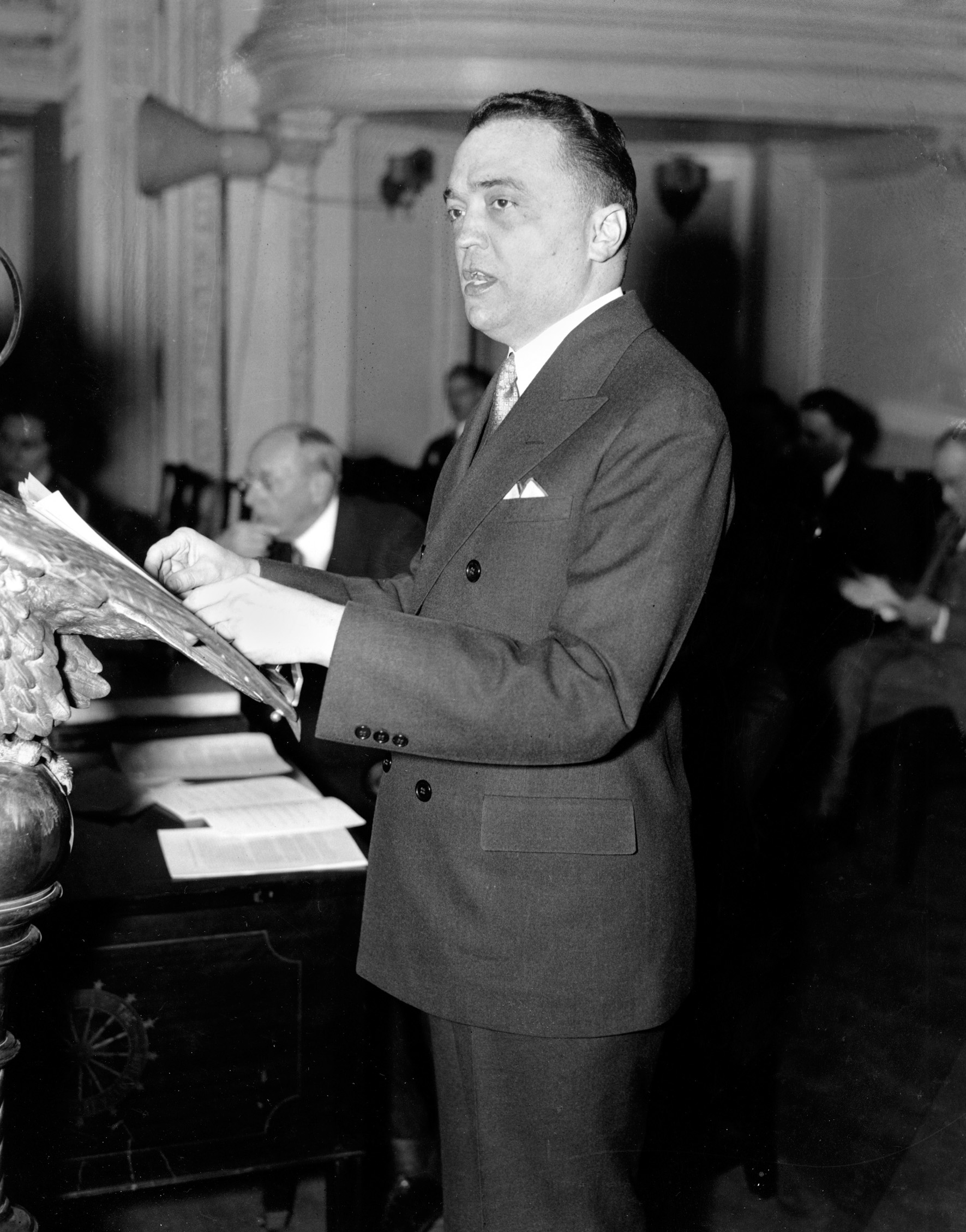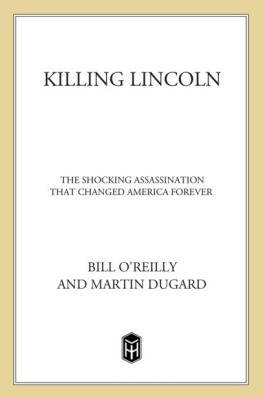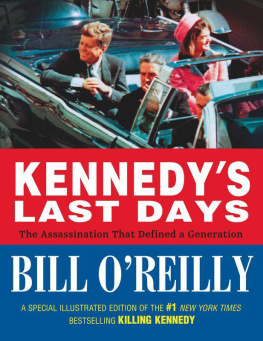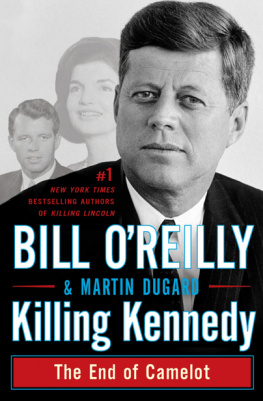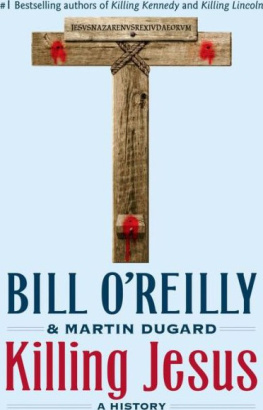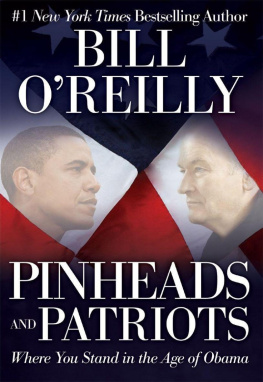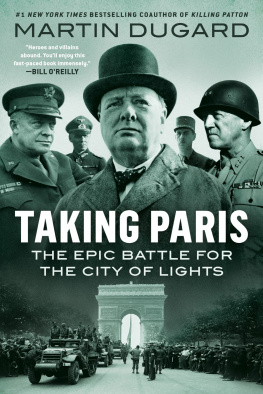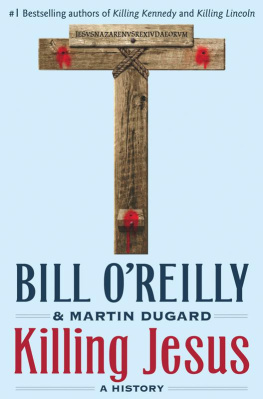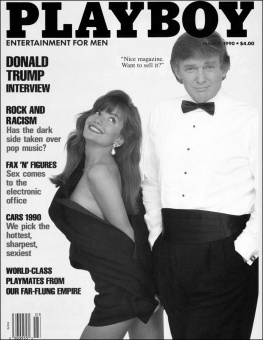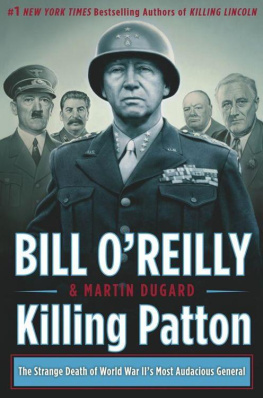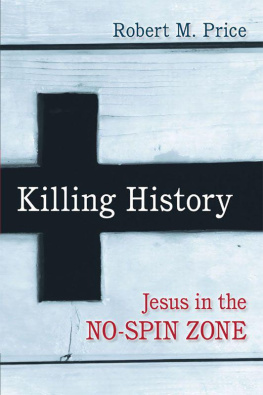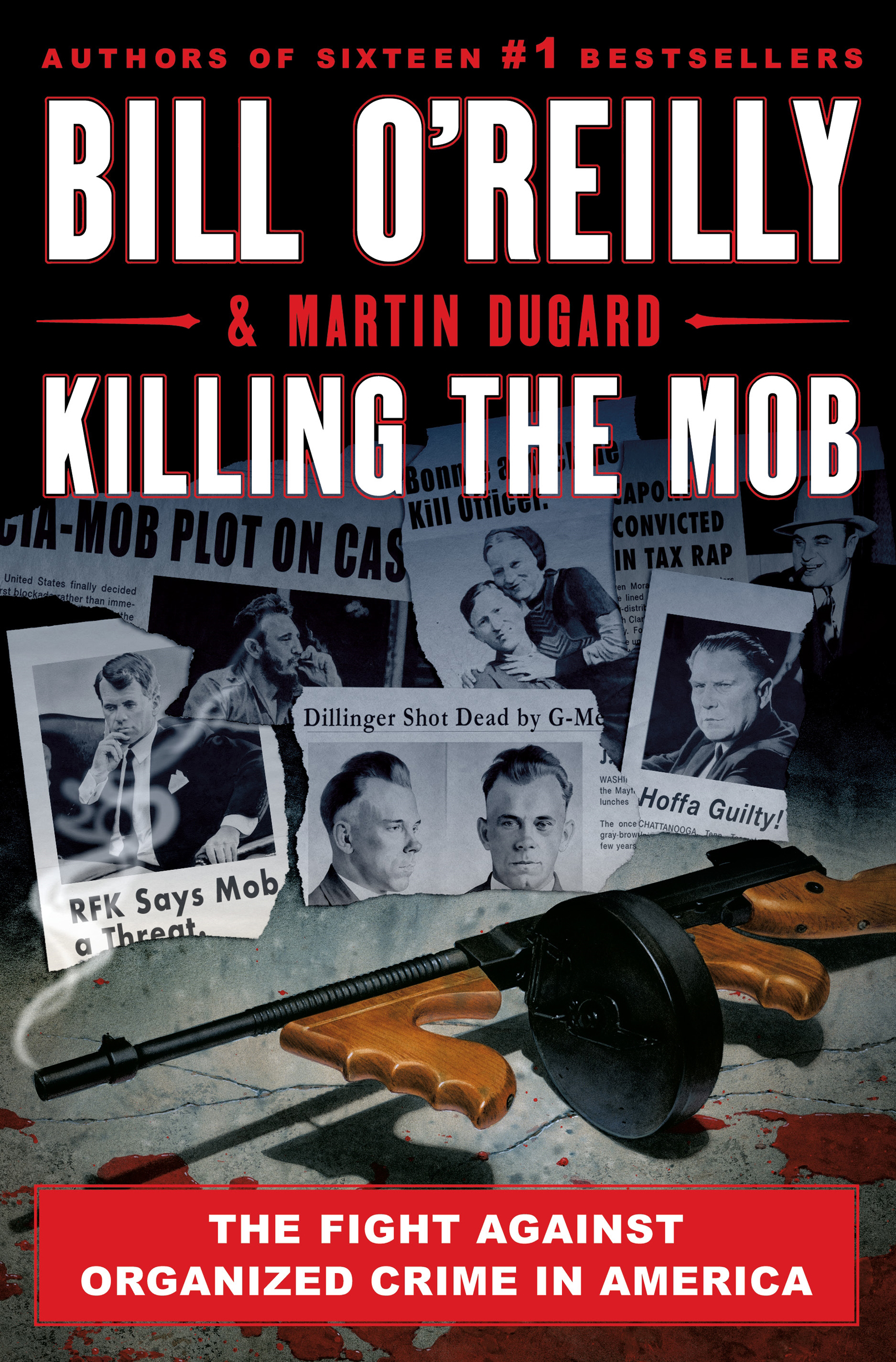The author and publisher have provided this e-book to you for your personal use only. You may not make this e-book publicly available in any way. Copyright infringement is against the law. If you believe the copy of this e-book you are reading infringes on the authors copyright, please notify the publisher at: us.macmillanusa.com/piracy.
MARCH 3, 1934
LAKE COUNTY JAIL
CROWN POINT, INDIANA
9:15 A.M.
The man with four months to live is about to bust out of jail.
This is a cold and rainy Saturday morning. Thirty-year-old John Dillinger, Americas most famous bank robber, has finished his meager prison breakfast and now mills around with fourteen other inmates in a jailhouse corridor. He enjoys his only exercise of the day but has much more on his mind.
Dillinger is a charming celebrity inmate, standing five feet, seven inches, with a crooked smile, trim athletic build, and thinning brown hair. He is well known as a ladies man. A career criminal from Indianapolis whose only legitimate job was a short stint in the U.S. Navy, Dillinger has spent his adult life in and out of prisons. Nevertheless, he has become famous. Such is Dillingers notoriety that the prosecuting attorney and sheriff in his current court case both demanded to have a picture taken with their arms around his shoulders.
It has been five weeks since authorities in Tucson, Arizona, arrested Dillinger and his gang. The four gangsters had committed eight bank robberies throughout the Midwest in the previous year and had gone farther west to escape the law. Additionally, state police arsenals were brazenly raided to steal machine guns, pistols, and ammunition.
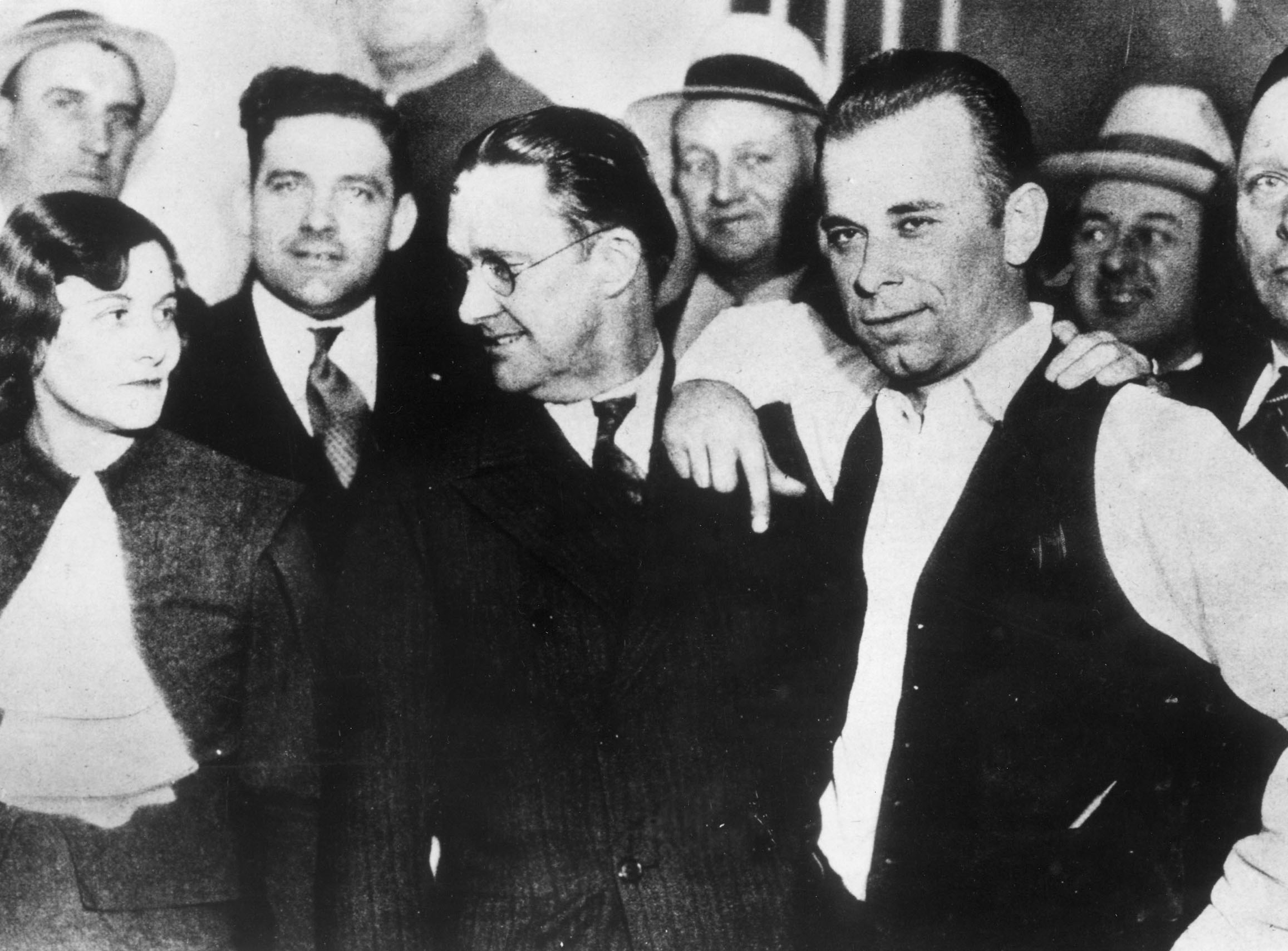
John Dillinger (190334), a prominent bank robber in the midwestern United States during the 1930s.
The Dillinger Gang, as they are known, plans heists with great sophistication, utilizing detailed getaway maps and high-horsepower vehicles to outrun law enforcement. They also brandish Thompson submachine guns. Each man plays a specific role in the robberies, whether as a driver, lookout, or vault man, but it is the self-assured Dillinger who strides into a bank, opens a leather case containing his Thompson, and yells, This is a stickup, to the tellers and bank customers. Dillinger makes no attempt to hide his handsome face, and as the numbers of robberies mount between June 21, 1933, and January 15, 1934, his legend grows.
It is bad luck that gets Dillinger and his band captured in Tucson. Two of the men are staying at the Hotel Congress when a broken furnace leads to a fire, forcing an evacuation of all rooms. Rather than let their belongings burn, gang members Russell Clark and Charles Makley bribe firefighters to climb back up the ladders to retrieve their luggage. Tucson is a small town with a population of just over thirty thousand. The suspicious behavior of these strangers catches the attention of firefighter William Benedict, who identifies Makley and Clark from a photo he remembers in True Detective magazine. Benedict then notifies the Tucson police, and over the course of the next four days the gang is carefully tracked and eventually captured.
John Dillinger is the last man arrested. He is carrying $7,000 in cash, some of which can be traced to a recent robbery in East Chicago, Indiana. There, police officer William Patrick OMalley was killed in cold blood, shot dead with eight bullets to the chest by Dillinger himself. So when it comes time for Tucson prosecutors to extradite the gang to the scenes of their many crimes, Makley, Clark, and Pete Pierpont are first flown in handcuffs to Ohiothere to stand trial for a deputy murdered while the three were breaking John Dillinger out of a small town jail in October 1933.
But Dillinger does not go to Ohio. He is extradited here to Crown Point, located fifteen miles south of Lake Michigan, where he will be tried for the killing of Officer OMalley.
The electric chair looms if he is convicted.
But John Dillinger has no intention of standing trial.
The second floor of the Lake County Jail is considered escape proof. Since his arrival in early February, Dillinger spends most days alone in his barred cell, with its simple bed and small bucket for a toilet. On those occasions when Dillingers jailers allow him to step outside, it is either to eat, exercise, or empty slop jars of human waste from his cell and those of other prisoners. The wardens and deputies take great pride in making the legendary John Dillinger perform this grim dutya way of reminding the famous captive that he is now powerless.
Dillinger plays along, pretending to be unbothered. I played the good fellow with all the guards at the jail, Dillinger will later recall. I patted them on the back and told them what fine fellows they were. I volunteered for all the distasteful jobs that had to be done.
In this way, Dillinger convinces the guards that he is no longer a threat. His daily habit of whittling a piece of wood has not drawn suspicion. Instead, the guards have made this another point of mockery, calling him John the Whittler.
But on this Saturday morning, as sixty-four-year-old jailhouse trustee Sam Cahoon slips into the exercise area carrying soap for the showers, the end result of Dillingers whittling becomes quite obvious. The block of wood has been carved into the shape of a small pistol. Now, before Cahoon can close the prison door behind him, Dillinger presses the fake weapon hard into the trustees torso. Ill blow you apart, the bank robber snarls, any vestige of sweet disposition now vanished.
Using Cahoon as a shield, Dillinger works his way through the jail, not only convincing his guards that he possesses a gun but ordering them to lock themselves inside cells. Finally, Dillinger arrives at the wardens office, where one of the guards sleeps soundly in a desk chair. Gliding quietly across the room, Dillinger removes an automatic weapon from a gun rack and presses the barrel into the back of the guards head.
This is Dillinger, says the bank robber. If you move a muscle, Ill blow your head off your shoulders.
Dillinger then leaves the jailhouse a free man, stealing the sheriffs personal vehicle to make his getaway. The jail is affixed to the sheriffs house, so the theft is an easy one. There is no two-way radio in the car, or in any other law enforcement vehicle, so the Crown Point sheriff has no way of alerting police officers on the interstate that a wanted criminal is heading their way. Thus John Dillinger drives at a furious pace toward Chicago.
Roughly ten miles after fleeing the redbrick building housing the Lake County Jail, Dillinger drives the stolen vehicle across the Indiana-Illinois state line. In so doing, he violates the National Motor Vehicle Theft Act. To this point in his bank-robbing career, Dillinger had only broken state and local laws. But by committing an offense against what is also known as the Dyer Act, John Dillinger has violated a federal law for the first time.
